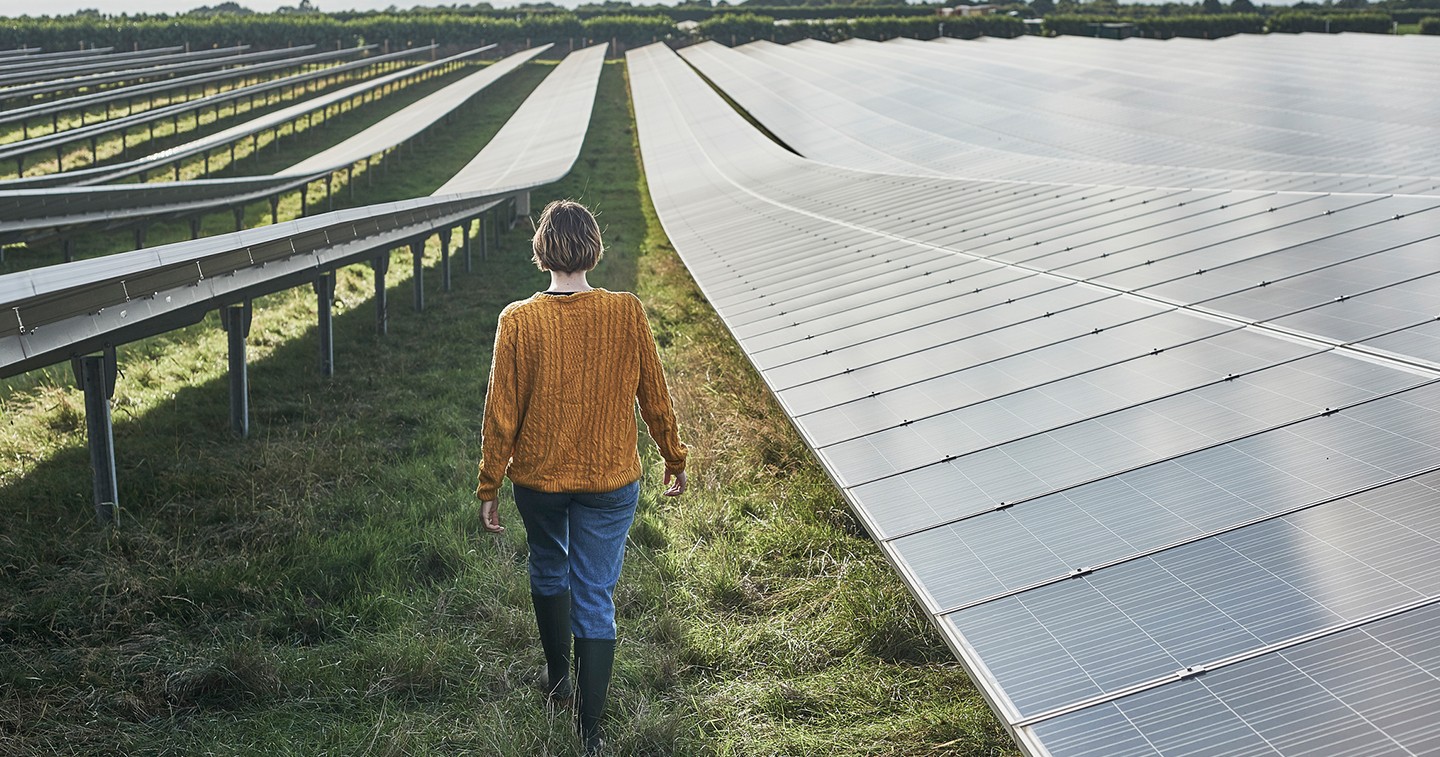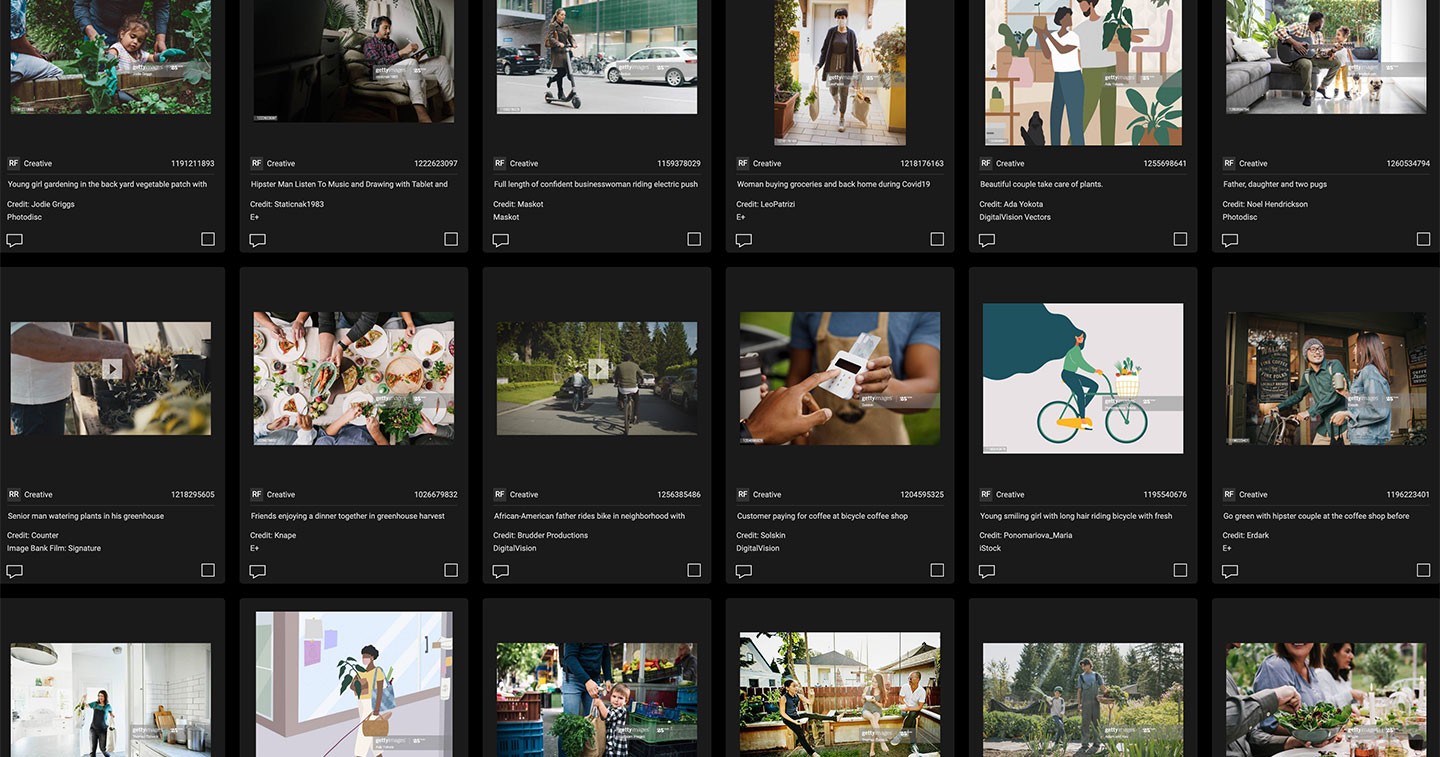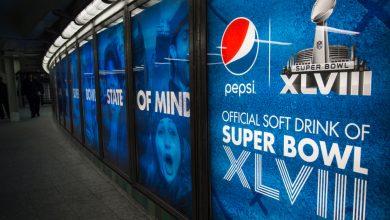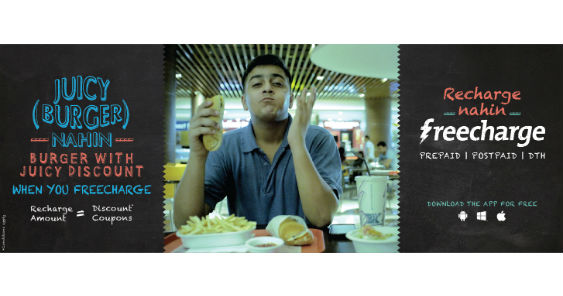SINGAPORE – Getty Images, a world leader in visual communications and pioneer in the field of visual methodology, has today unveiled new research which shows that climate, and sustainability more broadly, are still key issues for people in Asia Pacific even amid the COVID-19 pandemic. The findings have been revealed in a second wave of research for Getty Images’ creative insights platform Visual GPS, completed in conjunction with global market research firm YouGov.
Updated Visual GPS data shows that despite the COVID-19 pandemic, people today still strongly state concern around climate and sustainability, with all points on sustainability remaining identical to the first round of data pulled in July 2019.
Ninety one per cent of APAC respondents said they believe the way we treat our planet now, will have a large impact on the future, 88 per cent are worried about air pollution, and a staggering 72 per cent do everything they can do reduce their carbon footprint. These statistics have remained unchanged from July 2019 to August 2020, despite all the challenges 2020 has thrown our way – a promising trend.
“It is surprising and heartening that despite the huge change to people’s lifestyles and consumer behaviour brought about by COVID-19, the environment and sustainability remain as important to people as they ever were,” said Kate Rourke, Head of Creative Insights for APAC at Getty Images. “In fact, our customer search data shows that ‘sustainability’ and ‘sustainable living’ are trending up, quite against expectation. As a comparison, while the interest in the environment waned in the aftermath of the 2008 financial crisis, the environment has become inextricably linked to wellness during the COVID-19 crisis.
“The Visual GPS data also tells us for the first time that people want to see sustainability normalised in advertising and other visual communications, it is a clear call to action,” continues Rourke.
The power of visual language to shape opinion and inform debate
The updated Visual GPS research also shows that people believe the best ways of making a positive impact on the planet are to recycle (64%), stop the use of single use plastics (60%), and use renewable energy sources for home power (62%).
“What’s interesting about these findings is that recycling, wind farms and single use plastics are all popular visual cues which have for some time been used to illustrate sustainability,” explains Rourke. “For example, customer searches on our platform in Southeast Asia for “recycling” are up by 600% in the last year. This demonstrates just how powerful visual language can be in shaping people’s views on an issue, which makes it more important for brands and businesses to use visual content which shows their consumer how they can take action.”
Grounded in 25 years of Getty Images research into visual representation, Visual GPS explores how consumers are influenced by four key “Forces”—Technology, Sustainability, Realness and Wellness—and what that means in terms of their decision making. The new insights stem from the second global survey Getty Images has undertaken in partnership with YouGov, for which over 5,000 consumers were surveyed across 26 countries and in 13 languages, through April-May 2020.
Getty Images partners with Climate Visuals to present Visualising Sustainability Guidelines
In response to the Visual GPS research, Getty Images has partnered with Climate Visuals, the world’s only evidence-backed programme for climate change photography, to present Visualising Sustainability Guidelines. The guidelines give brands and businesses practical recommendations on how to find and use fresh and relevant visual content to communicate their commitment to sustainability and inspire their audiences to action.
The Visualising Sustainability Guidelines are below and link to Getty Images curations of example content you can use to visualise these guidelines:
Sustainability must be an intersectional objective
Businesses have sustainability experts and/or Diversity & Inclusion experts but visual content relating to environmentalism and sustainability should not be separated from visual content that is inclusive and diverse. Representational strategies should extend to sustainability.
Climate change affects everyone across the globe, so intentionally include representation across ethnicity, class, age, sexual orientation, gender identification, religion and culture. Empower and feature all underrepresented voices. Break stereotypes of every kind.
Visualise new sustainable concepts
Familiar images of melting icebergs and industrial chimney stacks can be popular symbols for signifying climate change, but they lose currency with repeated exposure. In addition to the classic symbolism, try expanding your scope with visuals that illustrate new sustainable concepts such as “circular economy”, “reusable” or “energy efficiency”.
Connect to aspirations about the future
Brands, eager to overcome the sense of helplessness many consumers feel, should focus on visual content that helps visualise the concrete actions, positive steps, outcomes and real solutions that will pave the way to a better, more sustainable future.
Content should reflect authentic stories, including both the positive and negative aspects of outcomes and activities of individuals, communities and businesses who are innovating and collaborating to achieve sustainability. From those who are making small lifestyle changes, to industries who are driving innovative sustainable initiatives and new technologies.
Bring it back to the individual
Creative content should show authentic individuals having real impact on a local level. Visuals highlighting individuals and groups at their best, relative to sustainability issues, personalise the stories for your target audience. Think about every aspect of the visual – whether it be an image, video or illustration – plastic straws, disposable coffee cups and plastic bags are elemental but undermine the sustainable message.
“Familiar icons for sustainability and climate change have played an important role, giving people shorthand for a sustainability issue,” said Toby Smith, Senior Programme Lead: Visuals & Media at Climate Visuals. “But to inspire real positive change we must go further than polar bears on melting ice caps. In partnering with Getty Images on these new guidelines, we aim to now help brands and businesses take an evidence-based, solutions-focused approach to the climate crisis, visualising the actions, objects, and ideas that are paving the way to a greener future.
For more information on Visual GPS please visit www.visualGPS.com.











